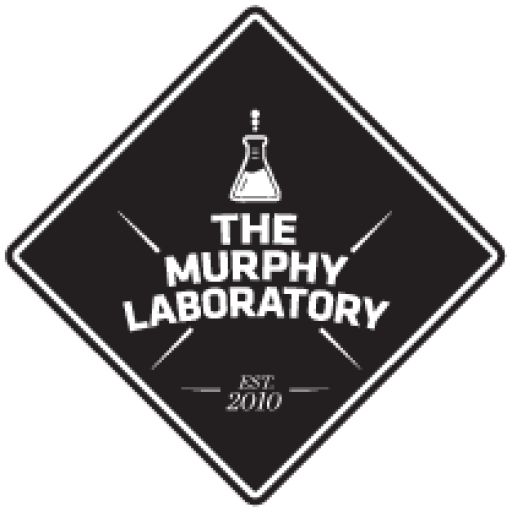Sickle cell anemia (SCA) is one of mankind’s most common hereditary monogenic diseases and a growing global health burden. Approximately 100,000 Americans have sickle cell disease; worldwide, ~300,000 affected children are born each year. The pathophysiology of SCA results from cellular defects caused directly by a point mutation in the β-globin gene of hemoglobin.
It is entirely feasible that Clustered Regularly Interspaced Palindromic Repeats (CRISPR)- directed gene editing could become a fundamental and widely used treatment for SCA. While this form of gene editing has inherent problems, including on-site and off-site mutagenesis as well as efficiency of nuclear delivery, more fundamental problems are centered upon the choice of progenitor cell targeted along with the functionality of a chosen targeting package in diverse patient populations. These questions form the basis for our central hypothesis: Stratification of potential target cell types and the examination of CRISPR functionality in diverse genetic backgrounds are essential for the development of a widely applicable, highly efficient gene repair-based therapy for SCA. Using a flexible, induced pluripotent stem cell (iPSC)-based system coupled with a novel, in vitro gene editing platform, we will perform mechanistic and functional studies to validate this hypothesis as summarized in Figure 1. In these studies, we will harness our library of ethnically diverse, sickle cell anemia-specific iPSCs along with a specialized directed differentiation strategy capable of recapitulating human hematopoietic development. First, we will evaluate the capacity of cellular enzymology isolated from this diverse SCA population and from therapeutically relevant target cell types to catalyze CRISPR-directed gene editing in a validated cell-free system. Next, we will use a variety of these cell-free extracts to measure the efficiency of single base repair in the mutant β-globin gene. Finally, we will translate the optimal conditions and tools into intact undifferentiated iPSCs to measure the efficiency of chromosomal gene repair at the sickle cell mutation in potential target cells. The outcome of our work will be a rationally designed, maximally effective and validated toolbox that can have broad usage in the development of CRISPR-directed gene editing as a therapeutic approach for multiple blood-borne diseases.
Aim 1: Examine the capacity of diverse iPSC-derived cell samples to catalyze CRISPR-directed gene editing using a novel, in vitro cell-free screening system. We will utilize a rapid in vitro gene editing system to determine the capacity of a diverse cohort of iPSC-derived, cell-free extracts to catalyze pathways of repair. This in vitro system allows for independent assessments of both genetic diversity (by using different patient samples) and the impact of potential, therapeutically relevant target cell types (by using multiple cell types from isogenic backgrounds) leading to a profile of the true applicability of gene editing.
Aim 2: Identify the most effective gene editing tools to execute point mutation repair of the sickle mutation. The most active and least active cell-free extracts identified in Aim 1 will serve as the host for evaluating directed gene repair on the β-globin gene bearing the SCA mutation. We will also assess the fidelity of gene editing by measuring activity at the δ-globin gene, the closest relative of β-globin. Lastly, we will utilize next generation sequencing approaches in an effort to understand the molecular basis for efficient gene editing across a diverse patient population. These experiments will provide significant guidance for the design of gene editing tools for the cell-based correction of the SCA mutation in therapeutically relevant target cells.
Aim 3: Translate optimized gene editing tools to the chromosomal repair of the SCA mutation in SCA-specific iPSCs. We will translate the optimized molecular toolbox from the in vitro system to perform CRISPR-directed gene editing in intact SCA-specific iPSCs. Full genotypic characterization and functional validation of corrected cells will be performed as well as assays to gauge off-target effects. The proposed studies use both established and novel systems and strategies to: 1) optimize and functionally validate strategies for the repair of the sickle mutation in diverse patient populations, 2) evaluate the role of target cell choice in gene editing efficiency, and 3) lay the groundwork for the development and
testing of novel, patient-specific cellular therapeutics for SCA. These transdisciplinary studies will be carried out in the complementing laboratories of three investigators with expertise in stem cell biology and hematopoiesis (Murphy), gene editing (Kmiec), and sickle cell disease and globin gene regulation (Steinberg).
